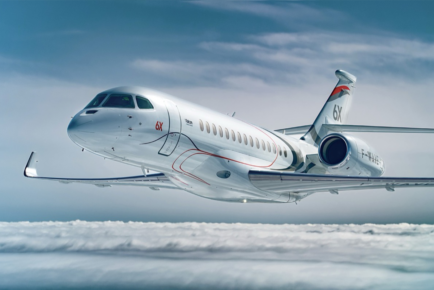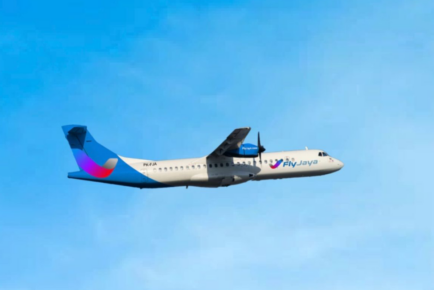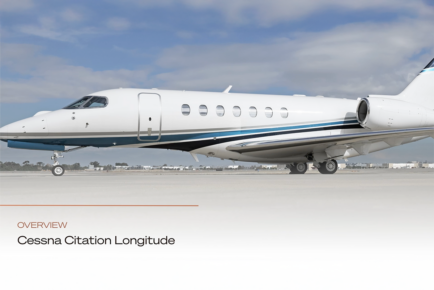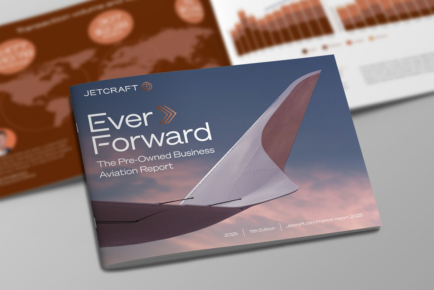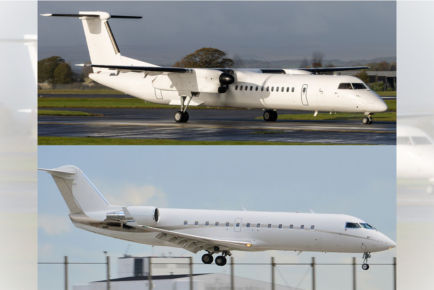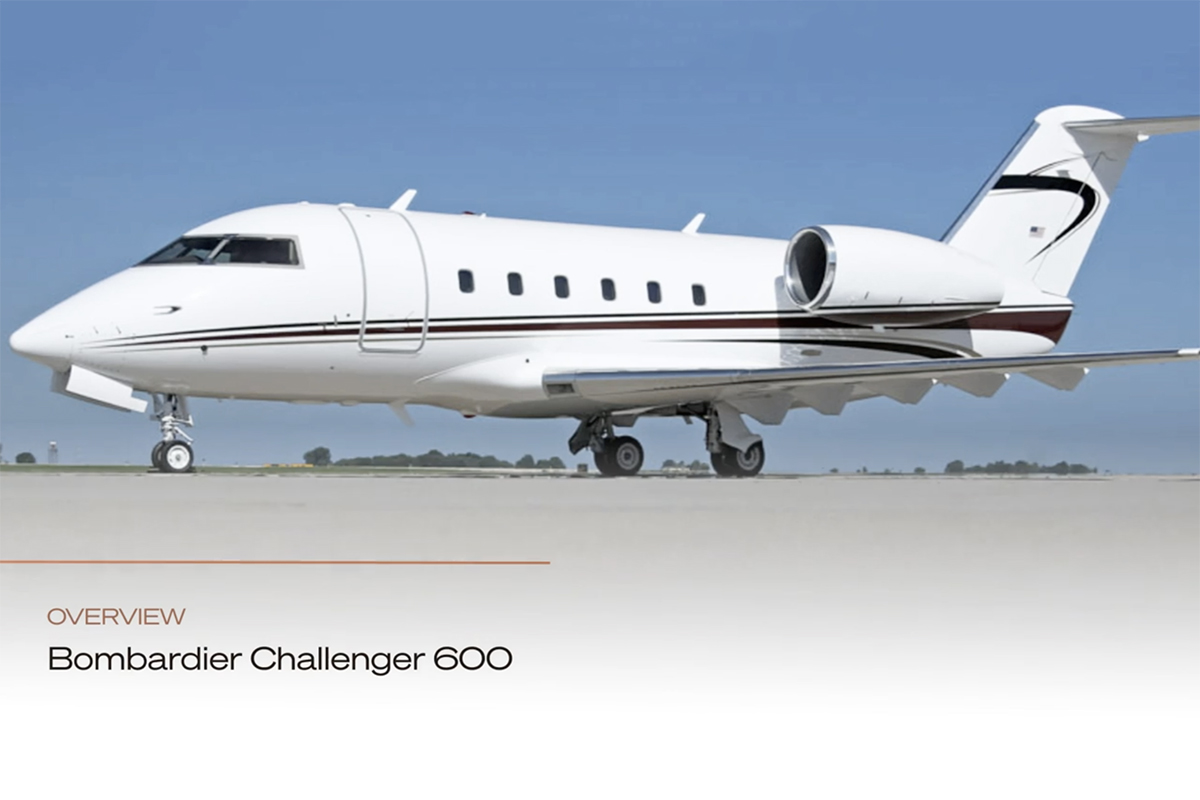
Product Overview
The Challenger 600 is a twin turbofan large-cabin wide-body business jet best recognized for its very wide cabin. It was one of the first business jets designed with a supercritical wing. The Challenger 600 has four backup power systems, thrust reversers and APU. It is known to be a spacious, comfortable cabin with low noise and vibration levels.
As of December 2022, 98% of the Bombardier Challenger 600 aircraft were purchased pre-owned by their current owner, the other 2% new. 6% are for sale with the majority of those (67%) under an exclusive broker agreement. When for sale the average time on the market is 413 days.
Brief History
The Challenger 600 was originally developed in the mid-1970s to be the Learstar 600 in collaboration between Canadair and Bill Lear of Learjet. In 1976 Canadair purchased the Learstar rights and redesigned it to be the Challenger. It was then certified in 1980. 34 challenger 600 business jets have been retired.
Worldwide Appeal
There are currently 51 Bombardier Challenger 600 aircraft in operation worldwide. All of these are wholly owned. 6% are currently leased. North America has the largest percentage of wholly owned Challenger 600 aircraft (49%), followed by South America (18%) and Africa (8%).
Highlights
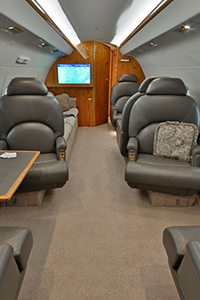 Performance
Performance
The Bombardier Challenger 600 is powered by two Honeywell ALFS02L – 2C engines each offering 7500 pounds of thrust. The challenger 600 uses 334 gallons per hour (GPH). The range of the Challenger 600 is 2,909 nm operating under NBAA IFR 4 passengers with available fuel.
Interior
The cabin volume for the challenger 600 is 1146 cubic feet. Typical configuration features 19 passenger and 2 crew seats.
Speed
| Maximum Cruise Speed: | 480 kts |
458 km/h
|
||
| Long-range Speed: |
425 kts
|
401 km/h
|
Airfield Performance
| Takeoff distance: |
5,700 ft (1,738 m)
|
(SL, ISA, MTOW)
|
||
| Landing distance: |
2,775 ft (846 m)
|
(SL, ISA, MLW)
|
Operating Altitude
| Maximum operating altitude: |
41,000 ft (12,497 m)
|
Noise Level (EPNdB)
| Flyover: |
84.4
|
|---|---|
| Lateral: | |
| Approach: |
Weights
| A. | Maximum ramp weight: |
41,400 lb (18,776 kg)
|
||
| B. | Maximum takeoff weight: |
41,250 lb (18,707 kg)
|
||
| C. | Maximum landing weight: |
36,000 lb (16,327 kg)
|
||
| D. | Maximum zero fuel weight: |
28,500 lb (12,925 kg)
|
||
| E. | Standard basic operating weight: |
24,150 lb (10,952 kg)
|
Avionics
The Challenger 600 was introduced before EFIS was commonly available and so the 600’s panel was fitted with analog electromechanical ADI’s and HSI’s, the Sperry SPZ-600 analog flight guidance system and SPZ-650 autopilot, an analog air data computer Primus 400 weather radar and Collins Pro Line 1 comm/nav/ident radios.
Derivative Models
None
Range Report
Contact Us at +1 919 941 8400 or [email protected] to request a custom range report including detailed aircraft comparisons.
Aircraft For Sale
Click here to view the aircraft for sale by Jetcraft.
SIGN UP FOR OUR MONTHLY JETSTREAM RECAP
Don't miss future Jetstream articles. Sign up for our Jetcraft News mailing list to receive a monthly eblast with links to our latest articles. Click to join the 1,800+ subscribers on our mailing list.

